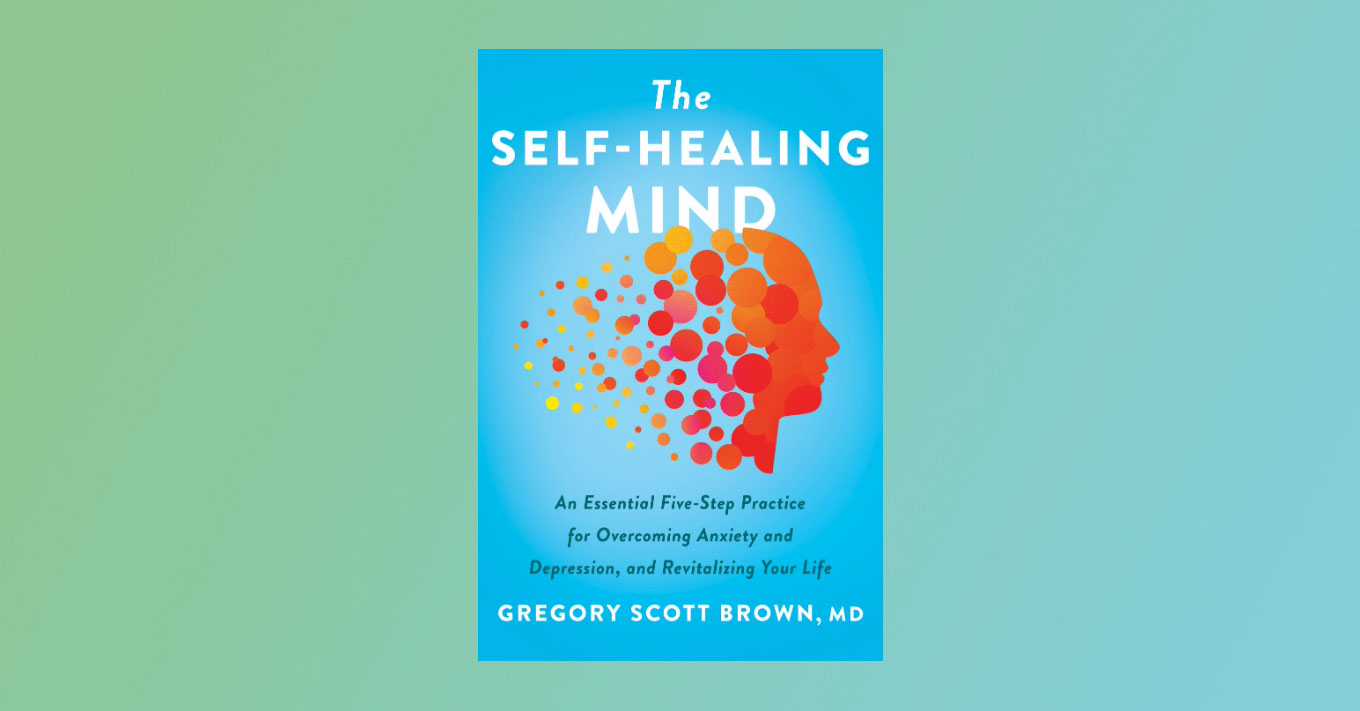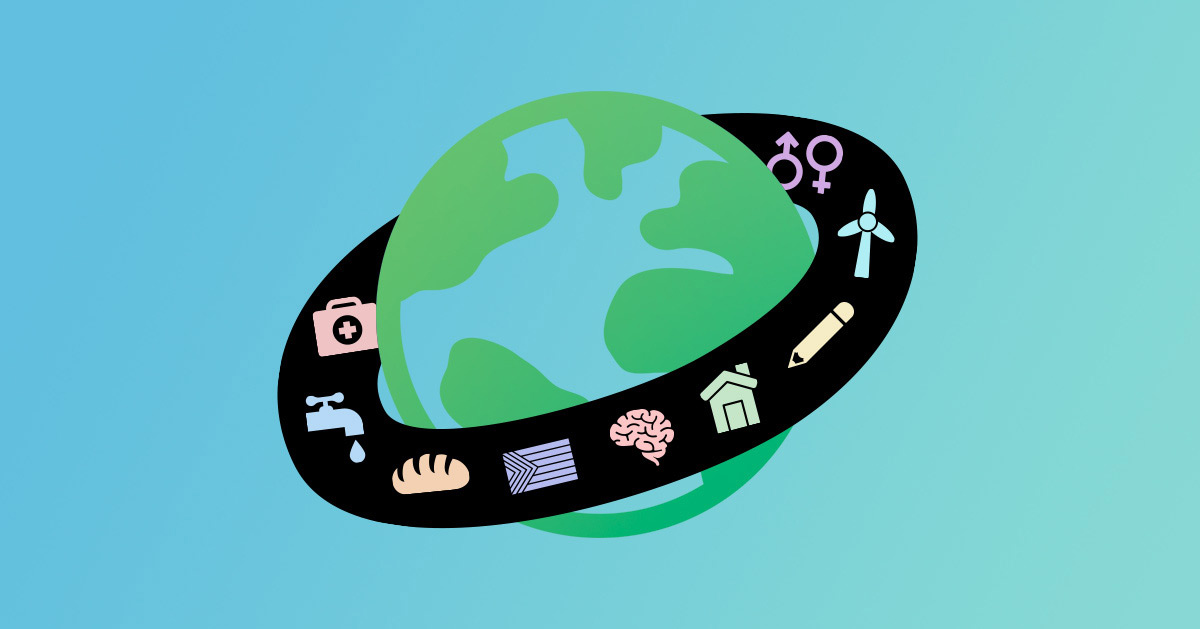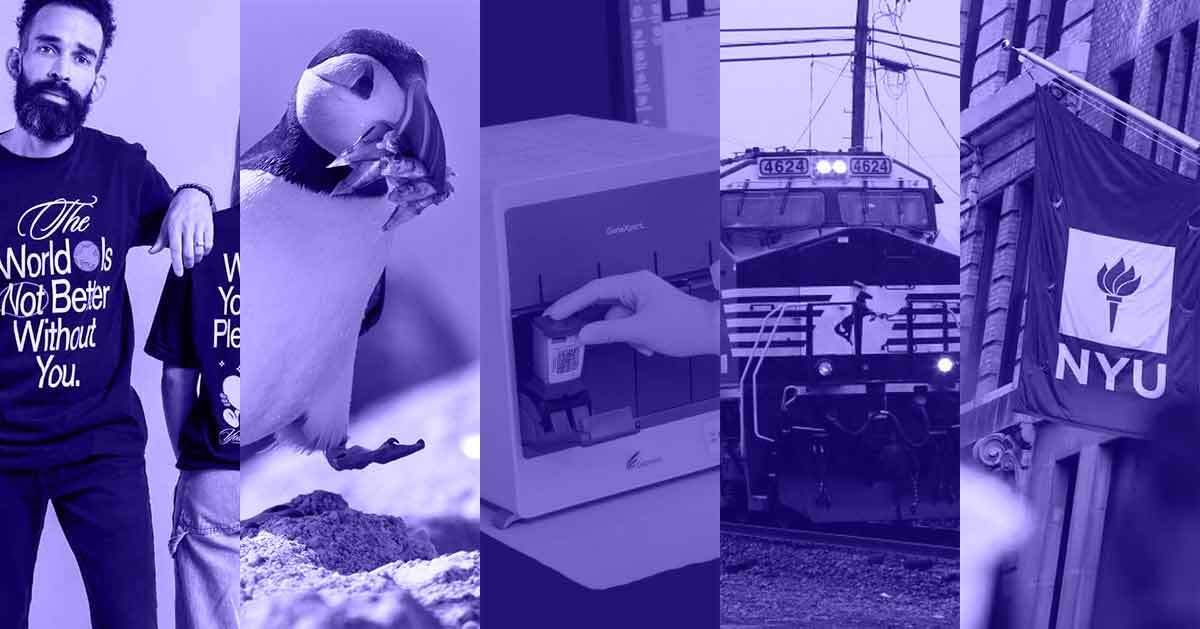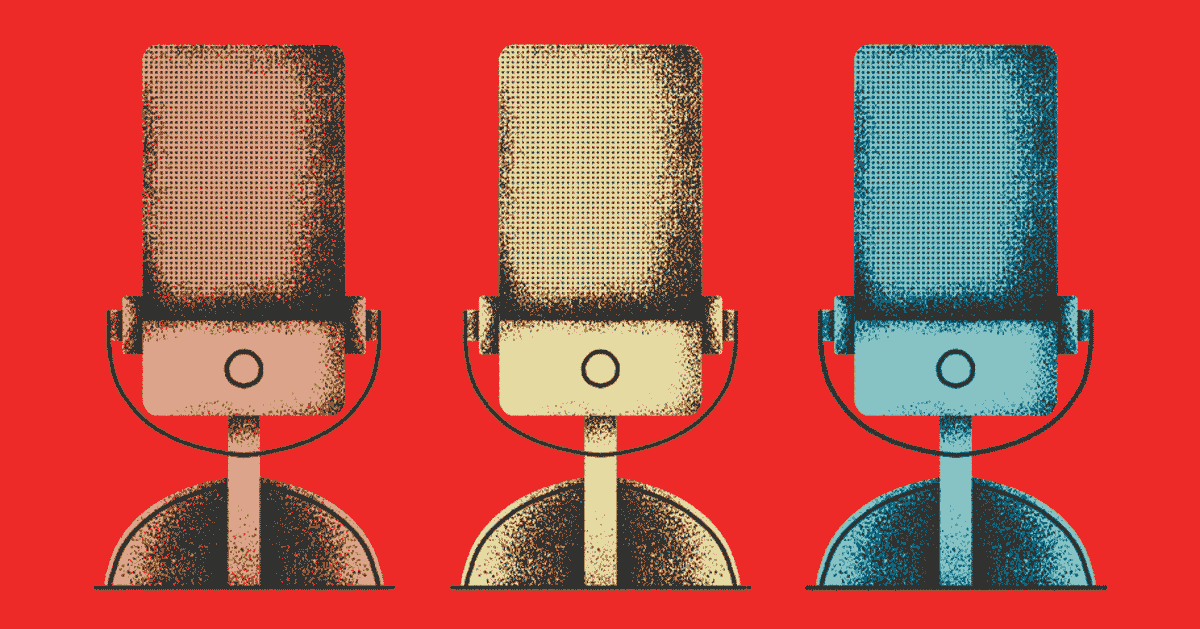You’ve heard about mindfulness. Certainly, there’s a lot of talk about it these days. Wellness experts put a high premium on “being mindful,” whether you are practicing yoga, doing a guided meditation, or heading to the park for a tranquil walk alone. You probably have some of your own ideas about mindfulness, too.
When I’ve spoken about its importance, I’ve heard responses like: “Isn’t mindfulness for rich people who don’t have any real problems?” or “I think people who have time to meditate probably have less stress to begin with.” I even had one patient tell me, “Doc, I’m not going to be that guy who goes all-Buddha and starts chanting on a hill.”
It’s fair to say that mindfulness may not be what you’ve envisioned it to be. All stereotypes (and influencer hype) aside, mindfulness is all about conscious awareness. This means paying attention to yourself, including the way you breathe, and also paying attention to your environment.
We spend a good chunk of our lives on autopilot, letting our reflexes and habits guide us, without much thought about what we are doing or why we are doing it.
Think about the last meal you ate. Did you eat because you were hungry? Because it was noon and that’s when you usually have your lunch? Or did you sit down and really savor your meal, enjoying the taste of every bite, as well as the company of the people you were having lunch with?
It’s the latter example that really embodies mindfulness. What’s interesting is that as the human brain evolved, instinctual behaviors, like eating a meal, evolved alongside mood centers in the brain like the amygdala and the cortex.
As a result, eating wasn’t just about quieting hunger pangs or giving our body nutrients it needs in order to survive; it also was coupled with our mood, feelings, and emotions.
Simply put, mindfulness means really being plugged in to your life. It’s paying attention to your surroundings and actions. Breath work, yoga, and meditation are all considered mindfulness-based practices, because to truly reap their benefits, you need to have an awareness of your mind-body connection as you engage in them.
That’s how these activities might be different from lifting weights or going for a run. It’s also why yoga, in particular, is more than just a workout — despite what I thought the first few times I tried it. The truth, however, is that it’s possible to do just about anything with conscious awareness.
Many people do experience running or lifting weights as a form of moving mindfulness, especially when they are able to focus on their breath during a rep or the pattern their feet make as they hit the ground while racing along.
When you are practicing mindfulness, regardless of what you happen to be doing, you focus on being aware. You pay attention to what you are sensing, feeling, and experiencing in the moment, without shackling your-self to unnecessary judgment.
Yoga can cultivate that kind of awareness. The focus on your breath, for example, inhaling your body into an Upward-Facing Dog Pose, and then exhaling your way into Downward-Facing Dog, may help you learn to be more present in the moment by keying in on how your breath and body are working together.
Over time, those breaths do more than just move us through a yoga flow. They help us interact with our environments more intentionally with the same type of mind-body awareness.
During times when you feel anxious, when your palms are clammy, your thoughts are racing, and your heart feels like it’s pound-ing out of your chest, pay attention to your breath.
Feel the rise of your belly as you inhale and the air passing by the back of your throat as you exhale. Imagine that in the moment your breath is cleansing your mind of tension, worry, and stress. Pay close attention to how your body relaxes and your heart rate slows down. You may notice that after a few minutes you feel just a little bit better.
That’s the power of conscious awareness, and that’s also the power of breath.
You might also like:
- What's the difference between proactive and reactive self care?
- Ideas on how to celebrate Mental Health Awareness Month
- Need a therapist? We created the ultimate guide to help.
- Meet the art therapist using TikTok to help people heal & create
This excerpt is from the book The Self-Healing Mind by Gregory Scott Brown, M.D. You can get your own copy of this book wherever you buy books.
Copyright © 2022 by Gregory Scott Brown, M.D. Published by Harper Wave, an imprint of HarperCollins Publishers. Reprinted by permission.





